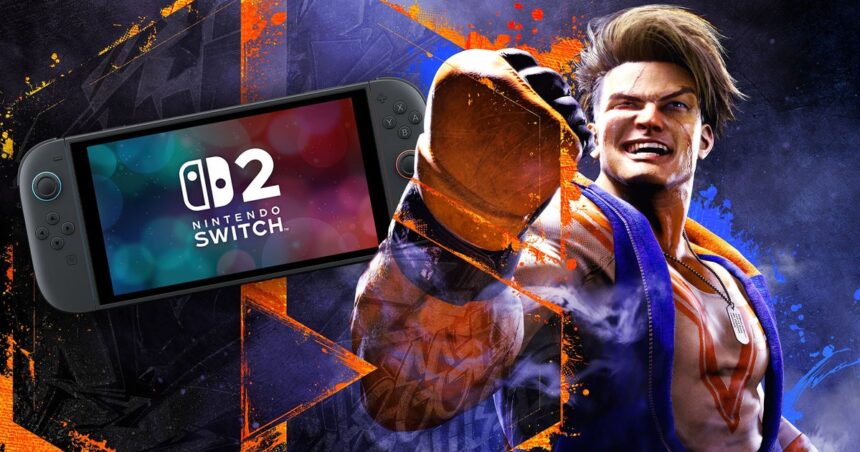Developer Capcom makes its debut on Switch 2 with a stellar conversion of Street Fighter 6 – while also giving us our first sighting of the RE Engine on the system. The bottom line is that for Street Fighter fans, this is the complete package: a pure 60fps experience for its classic one-versus-one fighting, with every mode intact from rival platforms.
In fact, this Switch 2 edition is authentic to the point that it has online cross-play with all other consoles – plus PC – and it even qualifies as ‘tournament legal’ for 2025’s Capcom Pro Tour. With that being said its visual settings are adjusted owing to it running on a mobile Nvidia Tegra T239 chipset, with some compromises along the way. In comparison then, just where does Switch 2 slot in between base PS4, Xbox Series S and even PS5? And how does the game perform between the Fighting Ground, the World Tour single-player adventure and the Battle Hub online lobby?
Having Street Fighter 6 in portable form is a success on its own, but Capcom has taken a stab at customising the game for Switch 2 hardware as well. There’s amiibo support, an option for wireless multiplayer between two nearby consoles, plus a pair of new modes in the Fighting Ground area called Gyro Battle and Calorie Contest. To be blunt, I doubt most players will select these more than once or twice – out of passing curiosity – before returning to the classic Street Fighter modes. Both demand tilting a sideways-orientated Joy-Con left and right to move, while vigorous shaking triggers a random attack. It’s a throwaway novelty extra, calling to mind the waggle controls of Nintendo Wii ports. Still, these modes don’t detract from the quality of the core package.
In terms of image quality, Switch 2 punches well above its weight. While docked under a TV, the game renders at a fixed native 960×540 resolution, with Nvidia’s DLSS upscaler reconstructing this base pixel structure to 1080p. There is no dynamic resolution scaling in place here, but even so, DLSS is surprisingly effective in taking a rather low 540p figure and converting it to a largely respectable result. There are limits, of course: aliasing and flicker are visible where characters reveal the background for a few frames, leaving that raw pixel count in view.
It’s a win on balance though, and Switch 2’s use of DLSS tends to give it an edge over even Xbox Series S in overall sharpness and image stability. For context, Series S renders at a native 1080p, but uses Capcom’s less effective in-house upscaler, with the Switch 2’s approach being more adept in handling noise, aliasing and flicker. Despite the lower 540p base, distant building detail in stages like Tian Hong Yuan resolve more logically on Switch 2, avoiding the more obvious break-up seen on Series S.
Even heavy motion tends to favour Switch 2. Noise across materials like Zangief’s glossy spandex outfit are cleaned up, while hair – like Dhalsim’s beard – feature fewer dithering artefacts. Hair elements are sadly still prone to obvious noise, and this remains an area of weakness for Capcom’s RE Engine in general, but it is minimised at least on Nintendo’s platform. Of course, PS5’s 4K image sets the gold standard in side-by-side shots, but the fact that Switch 2 is outperforming Series S is a huge win in itself.
The use of DLSS makes the Switch 2 release of Street Fighter 6 rather unique, as DLSS isn’t available as an official upscaling version on the PC version. Given the results here, it’d clearly be a great addition for Nvidia GPU users.
Despite the relative success in image quality next to Series S, it’s impossible to ignore certain other visual tweaks on Switch 2. The good news is that Switch 2’s texture quality is superior to Series S, with skin, clothing, and stage floors boasting higher-res texture maps despite a narrow 9GB to 8GB VRAM lead. Everything from Chun-li’s qipao to the pores on each character’s face show a huge disparity in asset quality.
In a broader comparison, Switch 2’s texture setting is often much closer to base PS4’s, while inevitably it runs at a lower preset than PS5. Switch 2 does however miss out on two other settings present on PS5. Using Ryu’s finishing move as an example, there’s a lack of subsurface scattering – simulating the layers of a skin’s membrane to diffuse oncoming light. Instead, the texture across Ryu’s face and arm presents in a raw, unfiltered fashion on Switch 2, with a pin-sharp but coarse end result. Secondly, much like on PS4 and Series S, Switch 2 lacks the full force of Capcom’s muscle deformation effect allowing the veins on Ryu’s bicep to pop out from under the skin as it flexes. It’s completely superfluous to gameplay, of course, but seemingly this is reserved for PS5, Series X and PC’s higher settings.
A few other cutbacks on Switch 2 bear mention, including the missing depth of field effect, background NPC counts beingrestricted to the standard setting (vs “crowded” option available on PS5), while shadows show more visible dithering. Physics-based particles are also non-interactive on Switch 2, and so the confetti on the Colosseo stage floor doesn’t react to character movement.
Finally, screen space reflections (SSR) are also removed during typical Fighting Ground match-ups. On stages like Genbu Temple this means that no reflection is drawn on the lake in the background, which again puts Switch 2 in line with the last-gen PS4 release. In fairness, SSR isn’t hugely missed, given that it presents with occlusion artefacts that have typically been a problem in other RE Engine titles. Incidentally, the World Tour and Battle Hub modes do have SSR engaged, and in each case all those occlusion issues are clear to see on Switch 2. Crucially, these changes are never game-breaking. While docked, Switch 2 still puts out a great-looking take on Street Fighter 6, with all its core mechanics in place.
Switch 2 in portable mode sticks to this same principle: it’s a robust 60fps experience, but achieving 60fps while on lower GPU clocks does demand further visual cutbacks, plus a lower fixed 640×360 resolution that’s reconstructed with DLSS up to 720p. Flipping between Switch 2 in portable and docked states, ambient occlusion is also removed in portable mode – stripping out shading around the scene and both fighters. Volumetric effects like haze and fog are excised too, and lighting quality is lowered, so projectiles no longer cast light to the floor as they move across the stage. This puts Switch 2’s portable mode closer to the base PS4 edition overall.
Of course, Street Fighter 6 offers more than just the classic face-offs of Fighting Ground, and we also get the Yakuza-esque World Tour mode, plus the Battle Hub lobby. Each of these modes keep the same resolutions on Switch 2: a 540p upscale to 1080p while docked, and a 360p upscale to 720p in portable mode. Sadly, both modes are less polished in their visual delivery overall.
Just as with PS4 and Series S, exploring the open city reveals a host of odd technical choices, like glaring NPC pop-in around the main square area, and visibly lowered frame-rates on characters at a fixed range (circa 20fps). Noise treatment on hair is limited too, while power cable lines overhead struggle to resolve correctly on Switch 2, leaving behind plenty of aliasing. And finally, SSR has no elegant fallback for moments where the reflected scenery falls out of screen-space, causing occlusion artefacts around the player. It must be stressed that Switch 2 isn’t alone in presenting these problems: rather, it inherits them from the other console releases, and most of these rough points apply to the Battle Hub mode too.
Back to the good news: testing Street Fighter 6’s frame-rate is as straight-forward as can possibly be. Switch 2 achieves a perfect 60fps lock in the Fighting Ground mode, with Capcom making the right call in prioritising performance over all else. Each frame is crucial, with all 60fps forming an integral part of the Street Fighter 6’s internal logic in timing an input, blocking, or parrying. In docked play the visual cutbacks pay off to keep that 60fps consistent, and likewise – judging by eye, owing to a lack of direct capture for frame-rate analysis – portable play on Switch 2 is similarly robust. The only exception is the brief drops to the mid-40s during the (non-interactive) pre-fight hype sequences, which has no bearing once actual gameplay begins.
Less impressive is the state of the World Tour mode. Performance is sadly an after-thought in this case, with travel around the city running entirely unlocked on Switch 2. Cutscenes and free roaming run at 30-60fps which never feels great, especially without VRR support available to TVs in docked mode. Worse still, any encounter with enemies takes you to a side-on battle view, which caps all play to 30fps. It’s entirely at odds with Street Fighter’s historical focus on 60fps play: you get a jarring transition in refresh, and to compound the issue, that 30fps cap has occasional moments of uneven frame-pacing. Alas, the Battle Hub mode falls prey to the very same problem in its roaming, with a 40-60fps read-out causing judder, especially on busy servers.
All of these World Tour problems apply while in portable mode as well, and while it potentially feels smoother owing to VRR – which I can’t confirm 100 per cent – there is still visible judder in motion, and battles lock at 30fps. Much like the last-gen PS4 version then, Switch 2 struggles to deliver either of these modes at the slick, smooth frame-rate we’re seeing in the core game – whereas for reference, Series S has much of it running at 60fps.
A word on input latency, and the game’s support of 120Hz. Simply put, Switch 2 does not explicitly have the Input Delay Reduction (IDR) mode toggle as seen on other consoles, so it’s not clear if the system is engaging or not, but the game does swap to 120Hz output if set at a system level. Either way, based on findings by latency expert Nigel Woodall, Switch 2 input latency is reduced by around 50ms while running at 120Hz. That effectively shaves off three frames of delay compared to 60Hz play. The level of response is competitive with PS5 overall, and while Switch 2 has slightly higher latency, by a matter of one or two frames in both 60Hz and 120Hz modes, it’s unlikely to be noticed by most outside the pro scene.

Speaking more generally about how the 120Hz mode works, Switch 2 caps gameplay at 60fps with its 120Hz feed. There are occasional frame pacing irregularities, seemingly at random in certain games while others run perfectly – though the pay-off in input response is clear. Expectedly, the frame-rate behaviour in the World Tour and Battle Hub modes remain as they were even with 120Hz as the output: it’s in the 30-60fps region, and with the 30fps cap during World Tour battles.
All round Street Fighter 6 on Switch 2 is a strong effort from Capcom. Despite some gimmicky extra modes, and a variable performance read-out in the World Tour and Battle Hub segments, the classic Street Fighter 6 action is perfectly intact at 60fps. Whether played in docked mode or portable, Switch 2 delivers in this crucial aspect.
Perhaps most remarkable is the fact that image quality edges out Xbox Series S, with DLSS once again proving to be a magic bullet in optimising for a less power hungry, mobile chipset. The other chops and changes to Switch 2’s visuals – the cutbacks in shadow detail, depth of field, SSR, and particle effects – are also ultimately trivial in light of the main achievement: that the core mechanics of Street Fighter 6 translate smoothly. Switch 2 is a viable way to enjoy Capcom’s latest fighter, then, and it’s above all a convincing first foray for the developer’s RE Engine on the system.






